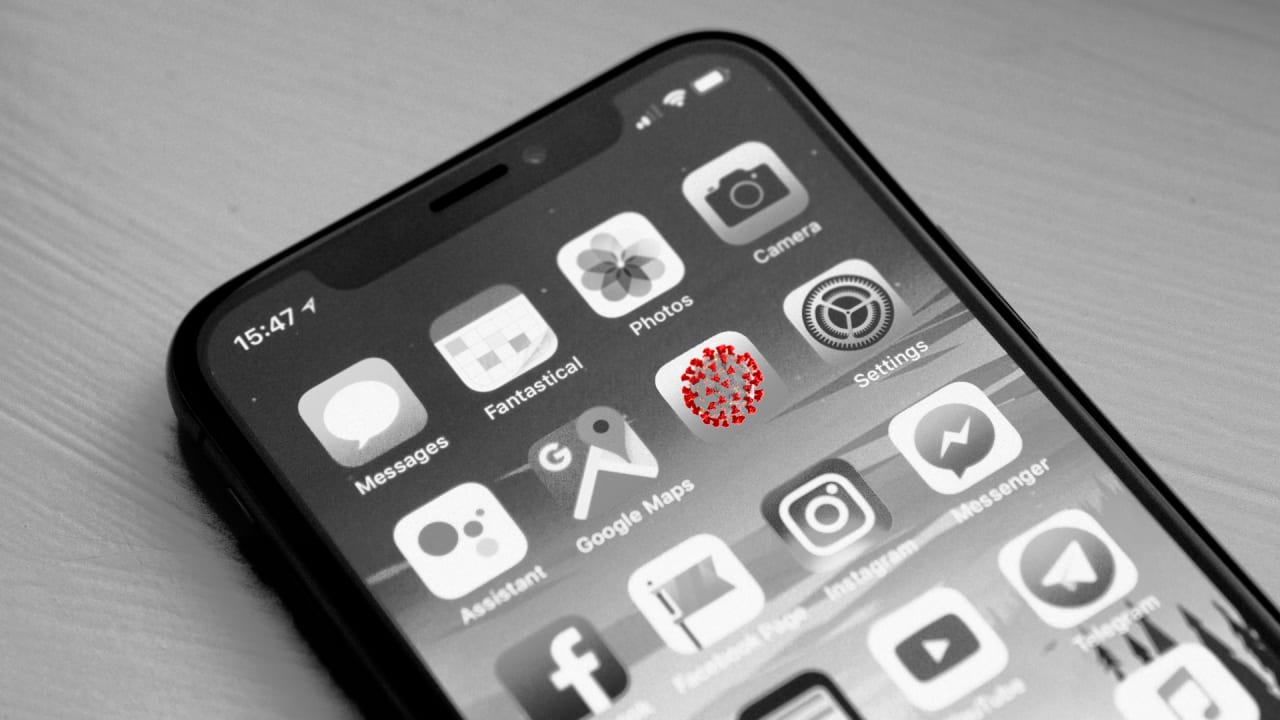[ad_1]

It’s an unfortunate but ever-present truth: The realities of COVID-19 are still far from over. In fact, cases are actually on the rise again—concurrent with easing U.S. restrictions, quarantine fatigue, waning vaccine efficacy and the increasing (yet misguided) belief that the pandemic is behind us. Now, with recent reports showcasing rising infections and hospitalizations in Europe, as well as new media coverage highlighting renewed lockdowns in China, it’s clear that we, as a society, must face a stark reality about the fight against COVID-19: We’re not out of the woods just yet.
If we hope to adapt to this new normal—one where COVID cases fluctuate regularly—we must be willing to change our perception for how we get this virus in check. Gone are the days of the “COVID-free” future. On the contrary, it’s no longer a question of how we defeat COVID-19, but rather how we learn to live with it. This starts with simple wisdom and data.
Leveraging data science and technology, I believe that we, as a society, must reimagine how we consolidate, analyze, and distribute data surrounding COVID-19 infections—providing more in-depth guidance for those struggling to understand their exposure at a local, regional, and national scale. Thankfully, this type of infrastructure already exists and is easy to deploy. It merely requires that testing companies and population health managers work together to usher in a new era of managing this virus by using predictive modeling to stay ahead of it. In doing so, we could live in a world where COVID data allows us to both predict and adapt to outbreaks much like a weather forecast for a snowstorm or hurricane. Here’s how:
Predict
Imagine, for a moment, this hypothetical: You open your phone, bring up your weather app, and check the National Oceanic and Atmospheric Association (NOAA) for a 10-day weather forecast. Immediately, you’ll be presented with a comprehensive overview of weather models for each day in question, including risk profiles for UV exposure and other hazardous conditions. Why can’t our COVID-19 models—and our testing infrastructure—operate the same way?
If we hope to adapt to the realities of a COVID-normative world, we must create predictive models that not only account for “clear and present” dangers but also provide a risk exposure forecast over the coming days and weeks. Equipped with these real-time insights, we can actually predict, with various levels of certainty, how COVID cases will rise and fall in the future. Similar to how scientists use wastewater analysis as a predictor for future COVID outbreaks, we can leverage the data gathered from multiple sources to predict where we’re headed next.
Prevent
With data shining a spotlight on the road ahead, prevention becomes less of a game of catch-up and more of a game of planning. If, for example, predictive measures highlight an impending spike, centralized data collection sources, such as an app on a smartphone, could alert you (or a population health manager) about the importance of preventive measures before, not after, an outbreak occurs. What’s more, with an appropriate data analytics infrastructure and highly targeted testing, these predictive models could analyze risk levels at a hyper-local scale, potentially changing the way that we place mandates on schools, communities, and workplaces. Much like stocking up on supplies during a hurricane, tools like these could allow us to prepare for impending outbreaks before it’s too late, giving us time to protect ourselves and our families at every step of the way.
Protect
It’s worth noting that testing data and timely, targeted digital interventions don’t just benefit the healthy—they can also help protect infected individuals from worsening symptoms. In fact, using cutting-edge “test to treat” methods, we can now more effectively, and more immediately, provide those who test positive with access to potentially life-saving care. Indeed, by combining hyper-personalized interventions with community-based alerts and predictive guidance, we can pinpoint a potential hotspot down to the smallest scale—and put personalized solutions in place to address it.
Make no mistake: We’re entering a crossroads in our fight against COVID-19. No longer can we sit idly by and assume that COVID will disappear if we wait long enough. On the contrary, if we hope to beat this virus, we must be willing to find it and nip it in the bud, putting in place processes that holistically predict, prevent, and protect against infection. Thankfully, through regular testing and data modeling, this isn’t just a possibility, it’s a likelihood. By being proactive, and breaking down silos and working collaboratively across sectors, we can build a new-age COVID infrastructure—grounded by data—that brings us one step closer to a post-quarantine future. Let the next phase in our fight against COVID begin.
Ron Gutman is the coCEO of Intrivo, maker of the On/Go rapid COVID-19 self-tests.
[ad_2]
Source link


